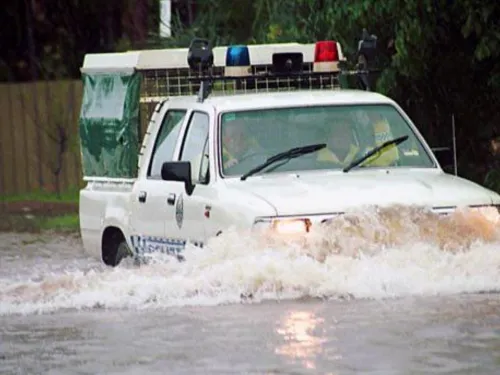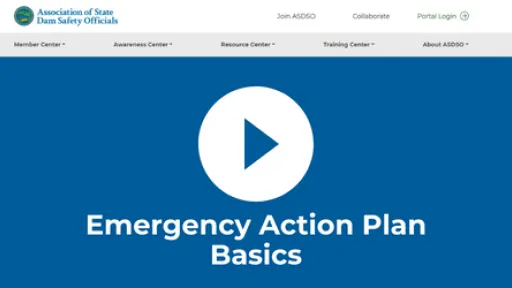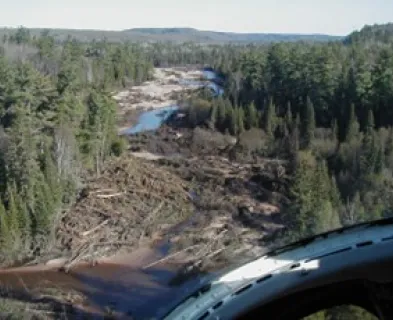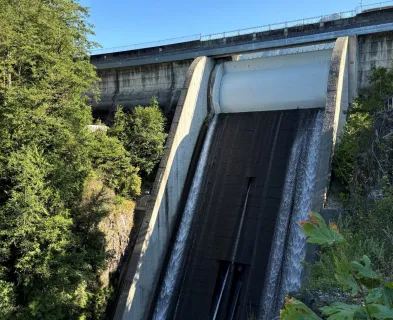Emergency Action Plans can save lives and must be updated, understood, and practiced regularly to be effective.

“An Emergency Action Plan (EAP) is one of the primary safeguards against the loss of life and property damage that can result from the failure of a high hazard potential dam. Today, there are approximately 8,300 state-regulated high hazard potential dams in the United States. Of these 8,300 dams, approximately 40 percent do not have an EAP.” ¹
The National Dam Safety Program encourages the implementation of effective EAPs for high and significant hazard dams in the United States. Though the program has certainly enhanced the safety and regulation of dams, considerable opportunities for improvement remain. Increasing the number of dams with an EAP and encouraging dam owners, dam operators, and emergency personnel to regularly update and practice their EAP are important goals of the program.
“An EAP is a formal document that identifies potential emergency conditions at a [high or significant hazard] dam and specifies actions to be followed to minimize loss of life and property damage. The EAP includes:
- Actions the dam owner will take to moderate or alleviate a problem at the dam
- Actions the dam owner will take in coordination with emergency management authorities to respond to incidents or emergencies related to the dam
- Procedures dam owners will follow to issue early warning and notification messages to responsible downstream emergency management authorities
- Inundation maps to help dam owners and emergency management authorities identify critical infrastructure and population-at-risk sites that may require protective measures, warning, and evacuation planning
- Delineation of the responsibilities of all those involved in managing an incident or emergency and how the responsibilities should be coordinated” ²
Although EAPs are drafted with the intention of minimizing downstream consequences, the document itself cannot save lives and protect property downstream. Simply possessing an EAP does not ensure that communities downstream will be protected in the event of dam failure. In order to increase the chance of averting disastrous consequences during dam failure, EAPs must be understood and routinely practiced by all those involved. First, copies of the EAP should be distributed by the dam owner to anyone involved in its implementation. In order to present, simulate, and practice the information contained within the EAP document, orientation and emergency simulation exercises should be executed in the presence of dam operators and first responders.
Thorough reviews of a dam’s EAP should be conducted at least once a year to determine if it will remain effective or if modifications are necessary. Updates to an EAP may include the results of changes in contact information, flood inundation maps, downstream development (hazard creep), or emergency procedures. In the event that a portion of the EAP is altered, copies should be redistributed and routine practice resumed adhering to the newly revised plan.
Effective Emergency Action Plans are those that are updated, understood, and practiced by all persons involved. These EAPs harbor the potential to save lives and preserve property downstream of a dam in the event of failure.
References:
(4) FEMA. (2006). National Flood Insurance Program Community Rating System: CRS Credit for Dam Safety. Federal Emergency Management Agency.



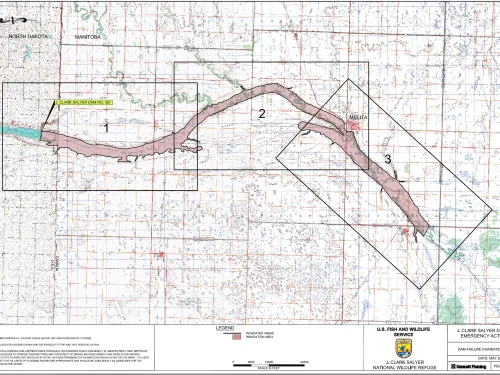
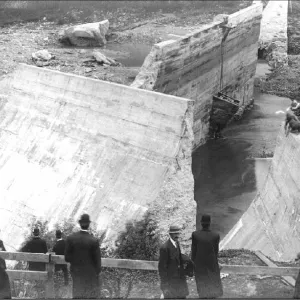
Austin (Bayless) Dam (Pennsylvania, 1911)
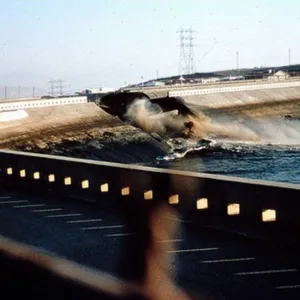
Baldwin Hills Dam (California, 1963)
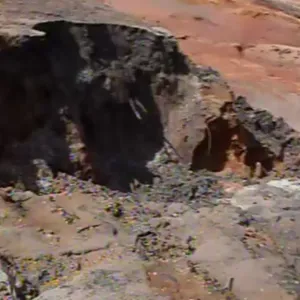
Big Bay Lake Dam (Mississippi, 2004)

Columbia River Levees at Vanport (Oregon, 1948)
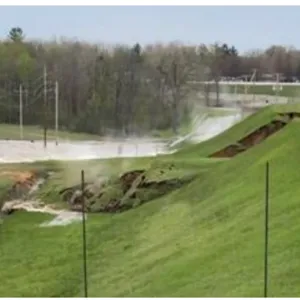
Edenville Dam (Michigan, 2020)
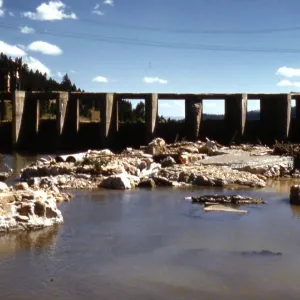
Hebgen Dam (Montana, 1959)
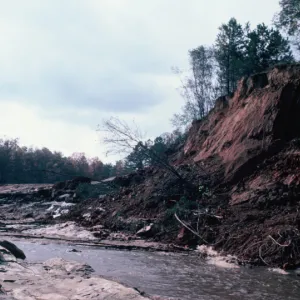
Kelly Barnes Dam (Georgia, 1977)
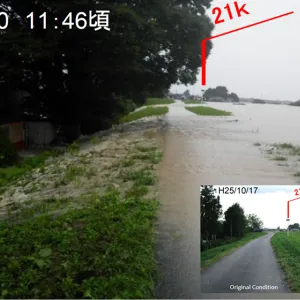
Kinugawa Levee at Joso (Japan, 2015)
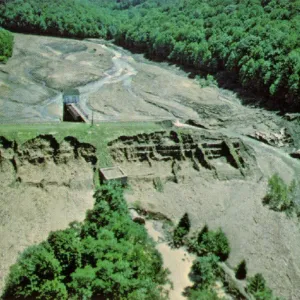
Laurel Run Dam (Pennsylvania, 1977)
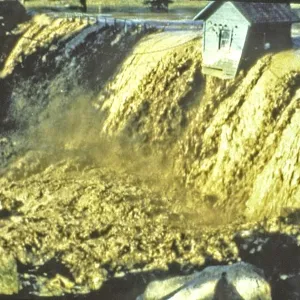
Lawn Lake Dam (Colorado, 1982)

Lower San Fernando Dam (California, 1971)

Machhu Dam II (Gujarat, India, 1979)
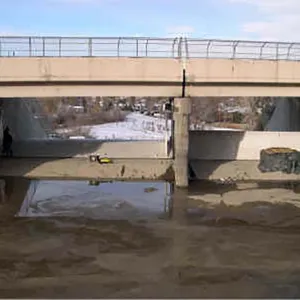
Maple Grove Dam (Colorado, 1979)

Meadow Pond Dam (New Hampshire, 1996)
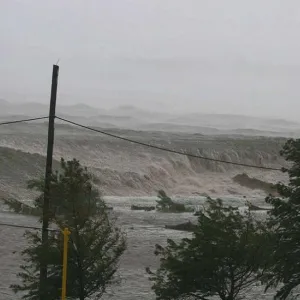
New Orleans Levee System (Louisiana, 2005)
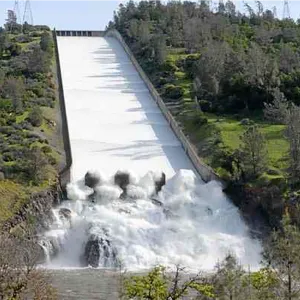
Oroville Dam (California, 2017)

Quail Creek Dike (Utah, 1989)
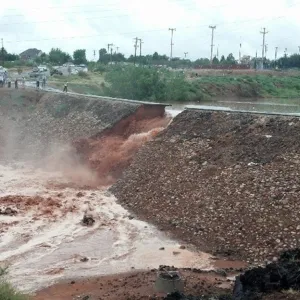
Santa Clara Dam (Utah, 2012)

Silver Lake Dam (Michigan, 2003)

Spencer Dam (Nebraska, 2019)
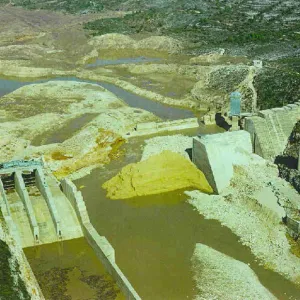
Tous Dam (Spain, 1982)
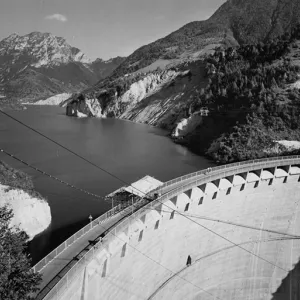
Vajont Dam (Italy, 1963)
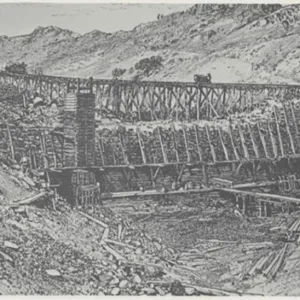
Walnut Grove Dam (Arizona, 1890)
Additional Case Studies (Not Yet Developed)
- Lake Needwood Dam (Maryland, 2006)
- Percy Quin Dam/Lake Tangipahoa Dam (Mississippi, 2012)
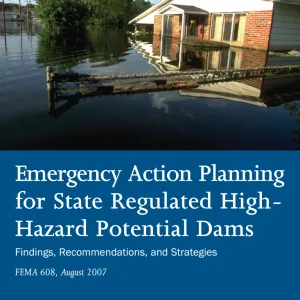
Emergency Action Planning for State Regulated High-Hazard Potential Dams: Findings, Recommendations, and Strategies
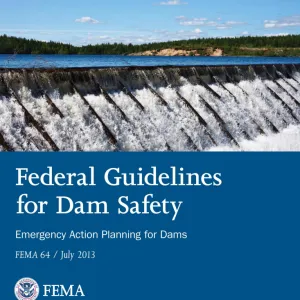
Federal Guidelines for Dam Safety: Emergency Action Planning for Dams
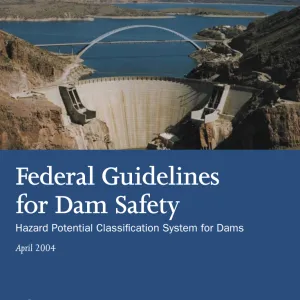
Federal Guidelines for Dam Safety: Hazard Potential Classification System for Dams
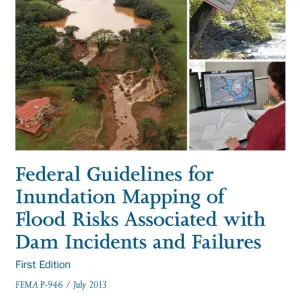
Federal Guidelines for Inundation Mapping of Flood Risks Associated with Dam Incidents and Failures
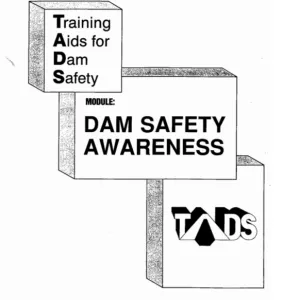
Training Aids for Dam Safety: Dam Safety Awareness

Training Aids for Dam Safety: Evaluation of Facility Emergency Preparedness
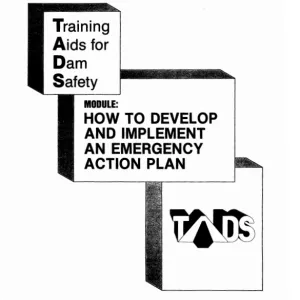
Training Aids for Dam Safety: How to Develop and Implement an Emergency Action Plan
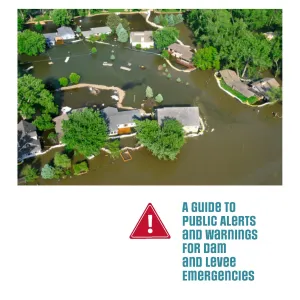
A Guide to Public Alerts and Warnings for Dam and Levee Emergencies
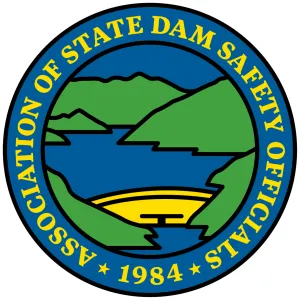
Emergency Action Planning for Owners

Engineering Guidelines for the Evaluation of Hydropower Projects: Chapter 6, Emergency Action Plans
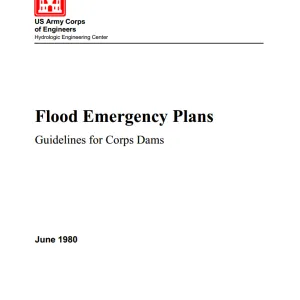
Flood Emergency Plans: Guidelines for Corps Dams

The National Dam Safety Program: 25 Years of Excellence


